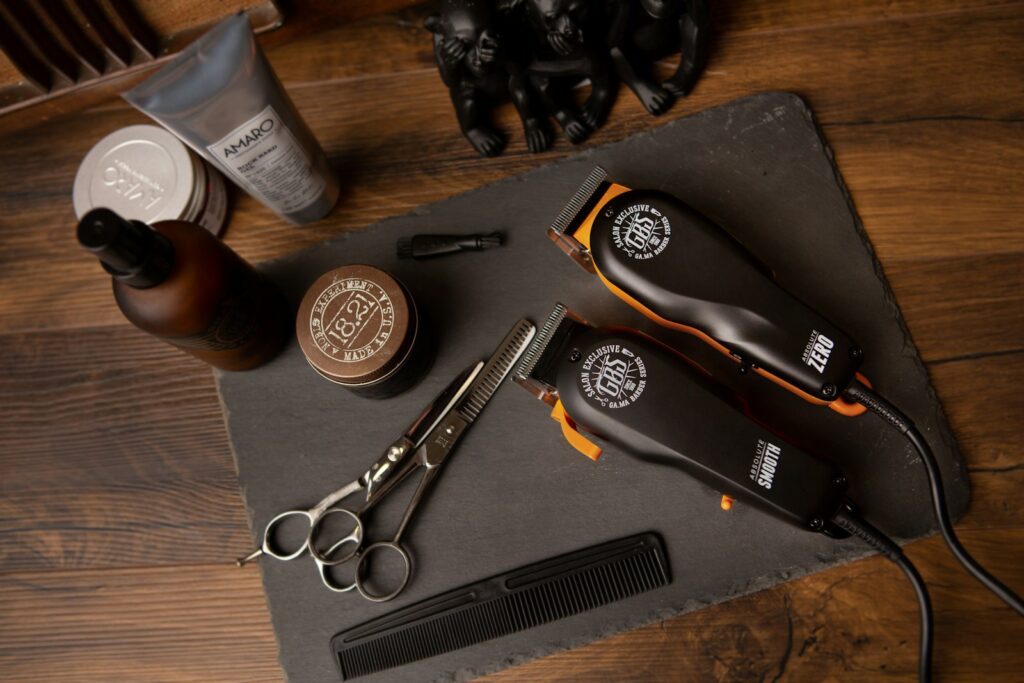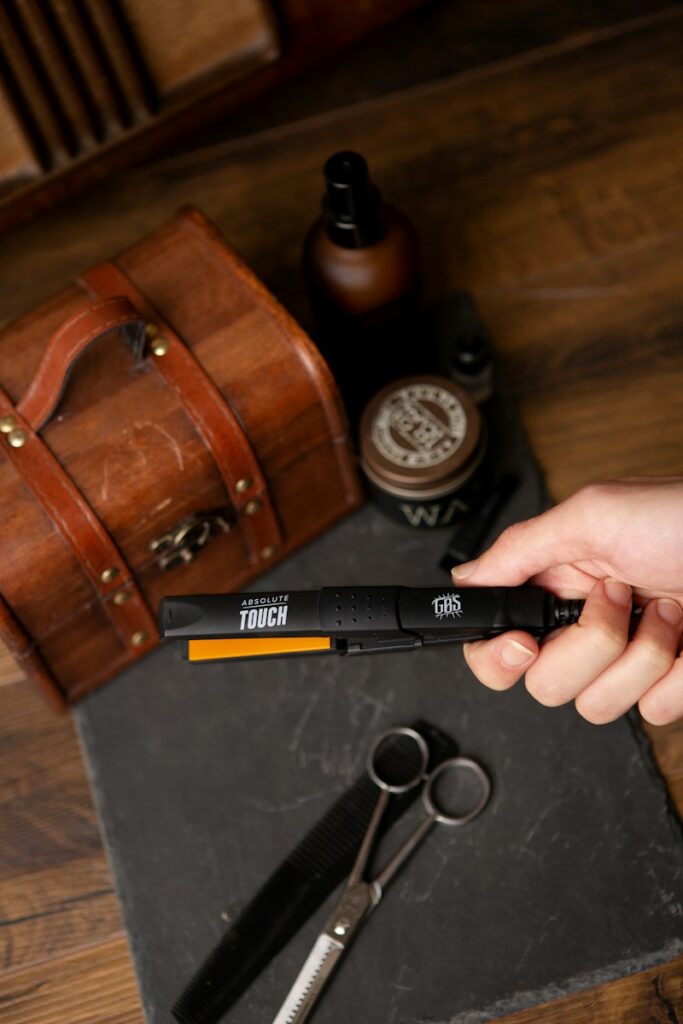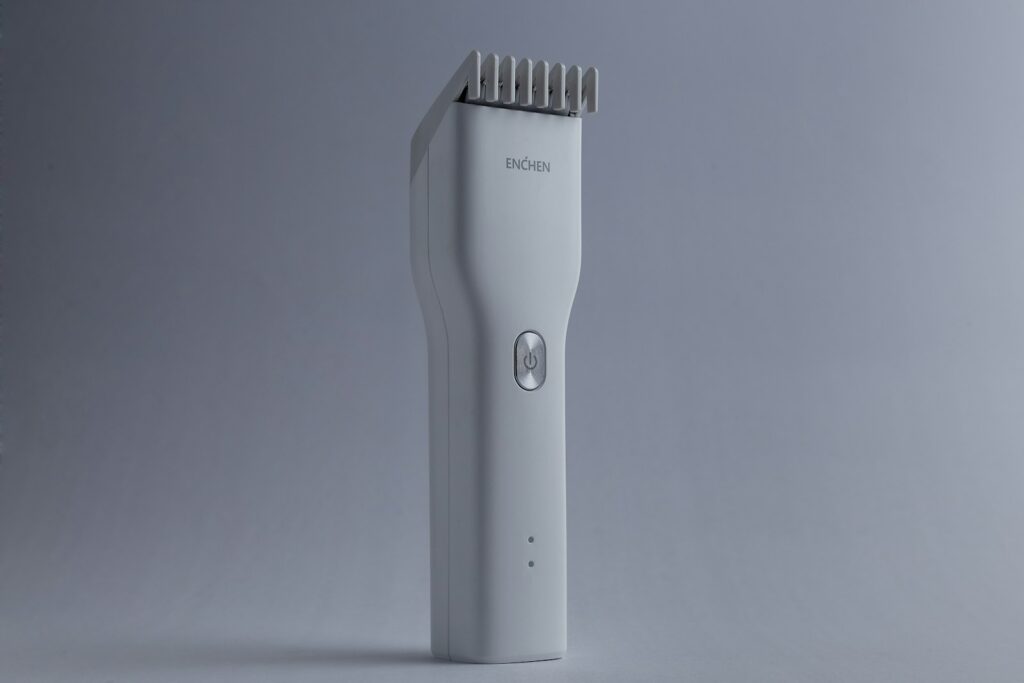The “Ultimate Guide to Beard Styles Unveiled” explores the art of facial hair, offering insights into growth, care, and style customized to individual preferences. This guide highlights how various beard lengths, from the yeard to the terminal beard, require patience and precise grooming techniques. It covers cultural influences, shaping methods, and bold mustache pairings, providing a roadmap for choosing a style that complements one’s face shape. Learn how perfecting these elements can enhance personal expression and confidence.
Key Takeaways
- Understand beard growth stages and maintenance techniques for optimal health and appearance.
- Explore versatile beard styles to suit individual preferences and enhance personal expression.
- Pair mustache styles with power beards for a personalized and striking look.
- Consider cultural influences and face shape when selecting a beard style.
- Confidence and personal preference are essential for successfully wearing any beard style.
Long Beards: Patience and Maintenance
Growing a long beard requires a good deal of patience and dedication, as the expedition can span a year or more to reach the desired length of six inches or longer. Hair grows about 0.5 inches monthly, so perseverance is key. Those embracing this odyssey should focus on maintaining a healthy lifestyle and regular grooming routines to support beard health. Longer beards may become wispy and prone to breakage, so using quality beard oils and moisturizers is essential. Understanding beard growth stages, including the anagen, catagen, and telogen phases, can help in managing expectations and optimizing care. Though it’s not always the healthiest choice, growing a long beard can be a meaningful experience, embodying commitment and care for others.
Power Beards and Styling Variations
As one looks beyond the domain of long beards, the concept of power beards emerges as an intriguing alternative. These natural beards, ranging from four to six inches, offer a balance of ruggedness and contemporary style.
Their versatility lies in their ability to showcase personality through straight, wavy, or curly textures. Embracing advanced styling techniques can enhance their appearance, ensuring they serve as a statement of individuality.
Power beards don’t fall into the long beard category, yet they hold significant value in grooming circles. By commanding these styles, one can effectively inspire confidence and a sense of fellowship in others.
Additionally, utilizing self-sharpening stainless steel blades ensures precision trimming, enhancing the grooming experience for those sporting power beards.
Bold Mustache Pairings With Power Beards
While power beards offer a sturdy foundation of style, bold mustache pairings can raise their impact, reshape the overall look into a striking statement. Combining a power beard with a resilient walrus mustache or a neatly trimmed variant creates a distinctive appearance. The walrus mustache commands attention, while a trimmed mustache maintains a polished, approachable look. Here’s a quick guide:
| Mustache Type | Beard Length | Style Effect |
|---|---|---|
| Walrus Mustache | 4-6 inches | Commanding Presence |
| Trimmed Mustache | 4-6 inches | Polished Appeal |
| Handlebar Mustache | 4-6 inches | Classic Elegance |
These pairings cater to diverse personalities, enhancing the desire to serve others with confidence.
Shaping Techniques for a Defined Look
Achieving a defined look in beard styling often requires mastering various shaping techniques, which play a crucial role in enhancing facial features and overall appearance. Utilizing precise tools like trimmers and razors, one can create symmetrical lines that highlight the jawline and cheekbones.
Regular trimming prevents split ends, ensuring a neat appearance. Incorporating techniques like tapering, fading, and contouring can refine the beard’s edges, creating a polished look.
A proper shaping routine not only emphasizes facial structure but also serves as a testament to one’s grooming commitment. With dedication, these techniques evolve a basic beard into a distinguished feature.
Yeard, Tweard, and Terminal Beard Growth
Why do some men choose to pursue lengthy beard growth expeditions like the Yeard, Tweard, and Terminal Beard? For them, it’s a voyage of patience and achievement, similar to a marathon.
The Yeard involves letting a beard grow for a year, reaching around six inches with minimal trimming.
Extending this effort to two years results in a Tweard, about twelve inches.
Terminal Beard growth is the final frontier, where genetics dictate the ultimate length, sometimes reaching thirty-six inches or more.
Such beard quests can inspire community support and admiration, reinforcing the importance of dedication and self-expression in personal grooming.
Exploring Partial Beard Styles
Lengthy beard growth, such as the Yeard, Tweard, and Terminal Beard, showcases dedication and patience in personal grooming.
However, partial beard styles offer versatility and creativity, serving those looking to express individuality without a full beard commitment. These styles focus on specific areas, like mustaches, goatees, and soul patches, allowing men to enhance their features while providing a polished look.
Whether it’s a classic goatee or a bold mustache, partial styles cater to different face shapes and personal preferences, offering an opportunity to serve others by presenting a well-groomed appearance. They also require less maintenance, appealing to those with busy lives.
Cultural and Historical Influences on Beard Styles
Throughout history, beards have been more than just a fashion statement; they’ve played a significant role in cultural identity and symbolism. Various civilizations have adopted specific beard styles to reflect status, beliefs, or roles within their society.
- In ancient Egypt, pharaohs wore false beards as a symbol of divinity.
- Greek philosophers often grew long beards, representing wisdom and knowledge.
- Vikings favored full beards, suggesting strength and bravery.
- In the Middle East, beards are seen as a sign of maturity and respect.
- The Victorian era in Britain popularized thick beards, symbolizing masculinity and authority.
Understanding these influences helps appreciate diverse beard traditions.
Specific Mustache Styles: From Chevron to Hungarian
Specific mustache styles offer men a variety of ways to express their personality and taste through facial hair. The Chevron mustache, with its bold, upside-down V shape, needs minimal grooming, making it a great starting point. Meanwhile, the Hungarian mustache, inspired by European leaders, is thick and swooping, commanding respect and confidence. Each style, from the refined to the rugged, serves to enhance a man’s features.
| Style | Characteristics | Ideal For |
|---|---|---|
| Chevron | Upside-down V, minimal grooming | Beginners |
| Hungarian | Thick, bold, swooping | Strong jawlines |
| Pencil | Thin, sharpie-like | Dark hair, non-fair skin |
| Walrus | Full, bushy | Bold, commanding presence |
| Handlebar | Curled tips, waxed | Vintage, adventurous look |
Embracing the Patchy Beard and Mutton Chops
While some men might struggle with a full, thick beard, patchy beards and mutton chops offer unique styling opportunities that shouldn’t be overlooked. These styles can highlight individuality and suit those seeking to serve others with a distinctive look.
Patchy beards, adopted by celebrities like Johnny Depp, can be trendy and stylish. Mutton chops, seen on figures like Hugh Jackman, provide a bold, retro flair.
- Patchy Beards: Emphasize mustache and goatee.
- Mutton Chops: Bold, stand-out look.
- Retro Appeal: Resurgence in modern fashion.
- Celebrities: Influence popular styles.
- Unique Expression: Enhances personal style.
Choosing the Best Beard Style for Your Face Shape
Exploring different beard styles can enhance one’s unique features, much like how patchy beards and mutton chops offer customized expressions for individuality. Choosing a beard that complements one’s face shape can create an appealing balance and highlight one’s natural characteristics.
For oval faces, almost any style works, allowing for versatility. Oblong faces benefit from fuller sides to add width, while round faces can gain definition with an angular beard. Square faces are softened by rounded beards, and triangular faces suit fuller styles to balance a narrow jawline.
Individual preference should guide the final decision, ensuring confidence and personal style.
Final Thoughts
In summary, the “Ultimate Guide to Beard Styles Revealed” equips men with the knowledge needed to grow, style, and maintain their ideal facial hair. By exploring various beard lengths, shaping techniques, and mustache pairings, the guide helps individuals express their personalities confidently. It considers cultural influences and modern trends, ensuring that every man can find a style that suits his face shape and personal preference. With this all-inclusive resource, men can effectively showcase their unique identity through their beards.







